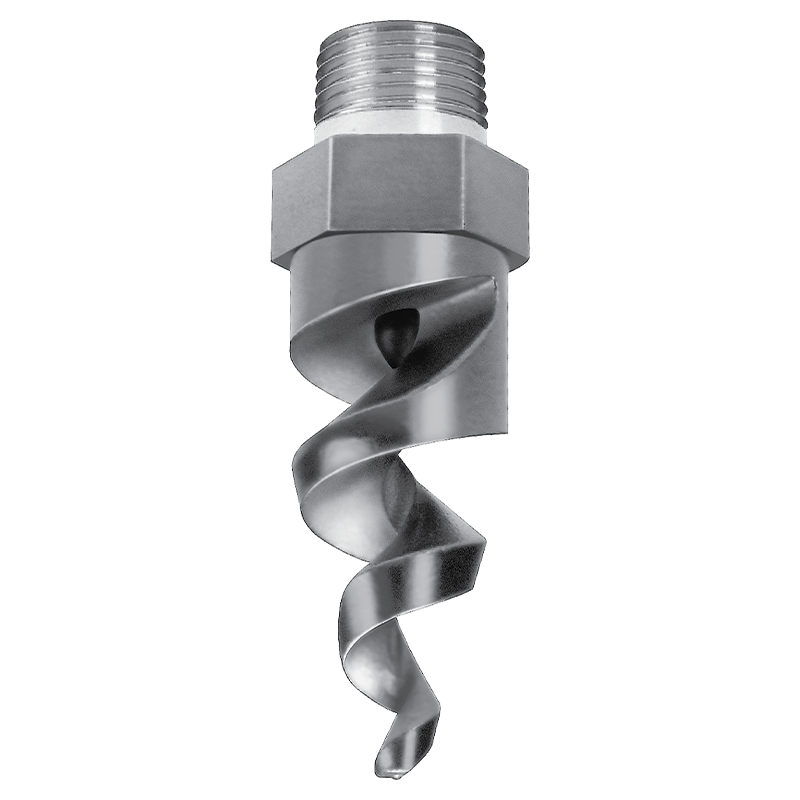Spray nozzles are used to expose contaminated water to air to remove volatile organic compounds (VOCs) and trihalomethanes (THMs) by increasing the surface area of the contaminated water exposed to air; these unwanted chemicals are stripped from the water through diffusion.
Spray nozzles are used in two different types of air stripping towers. In the direct contact type, small droplets are sprayed into a slowly moving column of air or above a water reservoir. Due to the large surface area exposed by the small droplets, the VOCs and THMs can more easily diffuse out of the water and into the air. This type of tower benefits from nozzles that produce small droplet sizes, like the spiral nozzle. Smaller droplet sizes increase the decontamination rate due to the corresponding surface-area-to-volume ratio.
Water is sprayed at the top of the column onto a layer of loose packing in a packed tower. The packing material is now coated with a thin layer of water that runs down due to gravity. Air is blown upward through the packing counter-current to the flow of water. The convoluted path that the water and air must take to pass through the packing provides a large amount of liquid surface area through which the VOCs and THMs can diffuse into the air. This type of tower benefits from nozzles that provide a uniform spray coverage, such as the MaxiPass nozzle. Droplet size is less important in the packed tower type as the liquid surface area is generated by the packing, not by the spray itself.

Common Uses & Industries

Important factors to consider:
Initial & target THM & VOC concentrations
System type (open vs. packed)
Tank/tower diameters
Available/required flow rates
- ∆P = supply pressure at nozzle inlet – process pressure outside nozzle
Required material and material certifications






